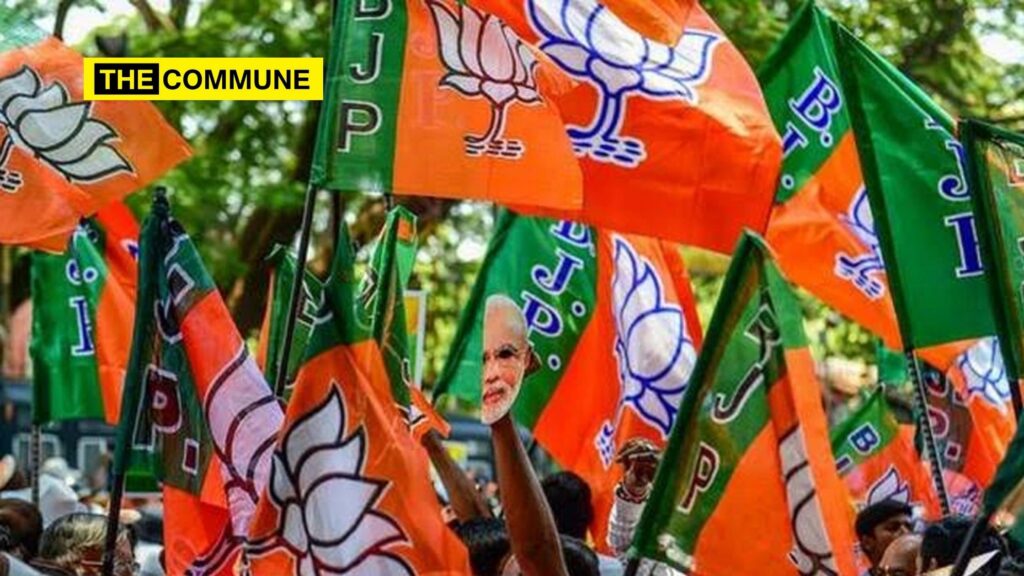May 2, the counting day for the polls to the legislative assemblies of Kerala, West Bengal, Assam, Tamil Nadu and Puducherry, is around the corner. Among these states, the results of the Kerala polls will be a good indicator of the Bharatiya Janata Party’s (BJP) success – or lack thereof – in the southern part of India. While Hindutva politics has long resonated with the people of Karnataka, the saffron party’s rhetoric has not translated into electoral victories in the other states south of the Godavari, where regional and Communist parties have ruled the roost for decades, other than the Congress of course.
Pushing through in a tough political landscape as Kerala is not easy, but the BJP is well on its way to do so. While the party has won only one Assembly seat in the state in the past, one little-observed event tells us that the BJP is making headway in Kerala.
In a referendum at the Kerala State Road Transport Corporation (KSRTC) held a few months ago, the BJP-affiliated Bharat Mazdoor Sangh (BMS) won enough votes to get recognised for the first time.
Centre of Indian Trade Unions (CITU) connected with the Communist Party of India – Marxist (CPM), lost about ten per cent of its vote share but still managed to retain its decades-old influence. The Congress-affiliated Indian National Trade Union Congress (INTUC) too retained its second spot.
The referendum presents the CPM with a sore question. The CPM-led Left Democratic Front (LDF) has always maintained that there isn’t an anti-incumbency factor in Kerala. But how else would one explain the fact that employees of Kerala’s largest public sector undertaking voted against the incumbent party? It was clear from the referendum that the BMS had eaten into the vote share of the CITU.
In the 2016 Kerala state polls, the BJP had vexed the Congress-led United Democratic Front (UDF) the same way. Of the seven constituencies, where the BJP finished as a runner-up, only four of those seats were won by the UDF while the LDF won the remaining three. In other seats where the BJP significantly increased its vote share, the UDF had lost. Constituencies where the BJP had earlier only garnered 5,000-10,000 votes were now awarding the BJP with 10,000-15,000 votes. These votes going to the BJP were the UDF’s loss.
This phenomenon is repeating this time around as well. However, it is not only the UDF but the LDF as well that is losing votes, as viewed in the context of the recent KSRTC referendum.
Signs pointing to this trend were also visible in the 2020 local body elections in Kerala, where the BJP made substantial advances. In the Kodungallur municipality, the BJP secured 20 wards and the CPM only 11. In Mavelikkara municipality, both parties scored the same number of seats. The BJP also made significant inroads into the LDF bastions of Kilimanur and Attingal in Thiruvananthapuram district.
The LDF is confronted with the uncomfortable truth that its support base has eroded in favour of the BJP.
With the 15 assembly constituencies where the BJP won at least 25 per cent of the votes in 2016 and ten of the forty potential swing constituencies where the party has found favour with the voters, there is a strong case for the BJP wielding a decisive influence in the next Kerala assembly.
This will inevitably show when the results are announced on May 2.
Click here to subscribe to The Commune on Telegram and get the best stories of the day delivered to you personally.

